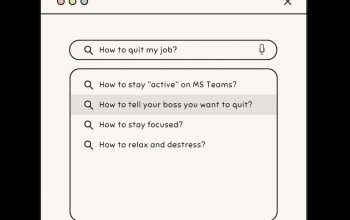Photo Credit: SMC Photographer
We need to rethink education and individual engagement.
Justine Lam, Contributor
In today’s day and age, most students are aware of the rapid deterioration of the world’s natural systems. Despite this seemingly clear understanding of climate change, it is rare to see youth actively campaigning around this pressing global issue.
In this light, it may be useful to revisit students’ perceptions and knowledge regarding the subject matter. There is a general consensus that climate change is bad, and that humans are worsening the problem (with the exception of climate deniers), but beyond that, a significant number of students remain uneducated on the full extent of climate change impacts. They have not considered the environment in the context of other real-life disciplines, which is a crucial element to understand the current climate situation.
In addition to the absence of mandatory sustainable education, there is lingering uncertainty regarding how an individual can and should contribute to the environmental cause. Often people erroneously believe that individual actions do not hold much significance and will not make a difference when, in reality, the collective effort of individuals is what drives change.
There are several additional reasons for the general lack of action, including political misconceptions about climate activism and even climate change itself. For example, in the United States, a majority of those affiliated with the Republican Party do not consider climate change an important concern — in fact, only 10% do.
To combat the widespread inaction, governments and institutions should plan and implement sustainability into school curriculums, so that at the minimum, students can develop a basic understanding of climate change. This advancement in education would emphasize the urgency of the current global climate situation, heighten awareness and concern, and hopefully jumpstart youth efforts.
However, since implementing changes in school curricula can be a lengthy process, the lack of education should also be approached at an individual level. Students interested in climate action should be made aware that any participation in the cause is worthwhile, whether that is through joining on-campus or off-campus environmental clubs or organizations, starting your own clubs and garnering support from peers, or even the simple act of educating others.
Currently, generational differences already exist as 37% of Gen Z and 33% of Millennials consider global climate change a priority, while only a smaller percentage of Gen X (27%) and Baby Boomers (29%) agree. Yet, across all generations, American adults who value climate change generally find it difficult to discuss the need for climate action when talking to someone who disagrees on the issue.
The root of the problem is the lack of public advocacy. Despite difficult conversations that may arise, the more people that work to combat climate change and encourage others to do the same, the more that people will realize the importance of climate action.
These obstacles, among others, inhibit youth climate activism. Nonetheless, the current generation will inevitably have to face the repercussions of decisions made by our ancestors. It is essential that we recognize these barriers and continue to stay educated on the global progression of climate change. Our cumulative concern and collaboration are the only ways to guide our generation’s goals for the near future.




